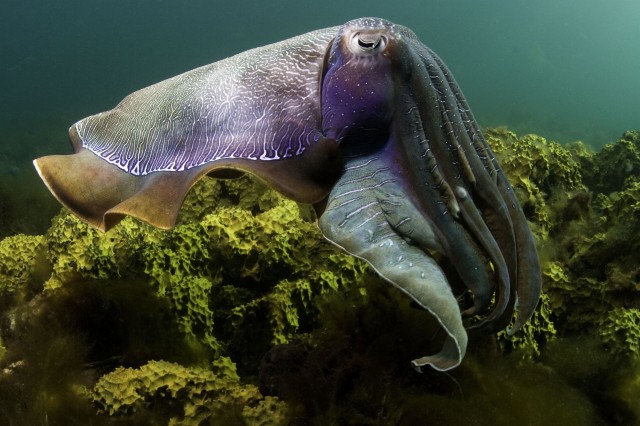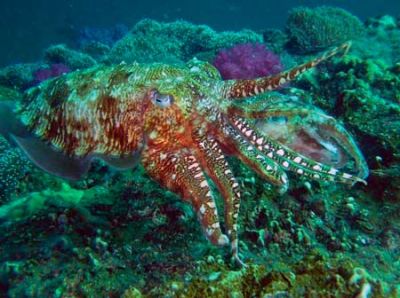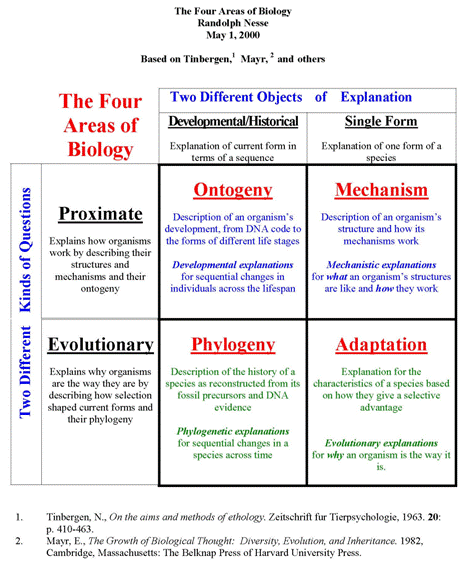Cuttlefish: The Chameleon of the Sea |
Biology 342 Fall 2011 |
Smith Freeman, Phoebe Young, and Abraham Leiser
Introduction
Cuttlefish are amazing animals. Their most remarkable attribute is their complex and astounding system of pigmentation, which allows them to change their appearance rapidly. Even more chimerical than the chameleon, they can change extremely quickly, and they can alter not only the color of their skin, but also its texture and reflectance. These color changes are used for inter- and intra-specific communication as well as camouflage. These color changes are brought about by several different systems. Cuttlefish can change their appearance by hiding or exposing bundles of pigment, contracting muscles that alter their skin texture, or by exposing reflective pigment proteins.

Original image from http://thetruthbehindthescenes.wordpress.com/2010/07/16/amazing-fact-the-cuttlefish-can-change-its-color-and-pattern-in-700-milliseconds-photos/
Cuttlefish are not actually fish by most definitions, despite their name. In fact they are a type of mollusk, an ancient group of animals that includes snails [1]. Cuttlefish specifically are a species of cephalopod, which makes them closely related to octopuses and squid, which are also soft-bodied cephalopods. Closely related evolutionarily, but with less of an apparent resemblance are the nautaloids, hard-bodies cephalopods whose only living representative is the nautilus [1]. Most soft-bodied cephalopods can change colors, but we are going to concentrate on the cuttlefish.

Original image from http://thetruthbehindthescenes.wordpress.com/2010/07/16/amazing-fact-the-cuttlefish-can-change-its-color-and-pattern-in-700-milliseconds-photos/
Here we are going to talk about the cuttlefish’s ability to change its appearance from four different perspectives, based upon the four questions laid out by Niko Tinbergen in his seminal work in the field of animal behavior. The questions correspond to phylogeny, ontogeny, adaptive value and mechanism. John Alcock paraphrases these categories as the four following questions:
- How does an animal’s behavior compare with that of other closely related species, and what does this tell us about the origins of its behavior and the changes that have occurred during the history of the species? (Phylogeny)
- How does an animal’s behavior change during its growth, especially in response to the experiences that it has while maturing? (Ontogeny)
- How does the behavior promote an animal’s ability to survive and reproduce? (Adaptive Value)
- How does an animal use its sensory and motor abilities to activate and modify its behavior patterns? (Mechanism)
From Alcock 2005.
The relationship these questions have with each other is illustrated in the diagram below.

Original image from http://www.clinicalcorrelations.org/?p=1670
If you want to get really excited about cuttlefish, here are a couple of cool videos showing off what cuttlefish can do!